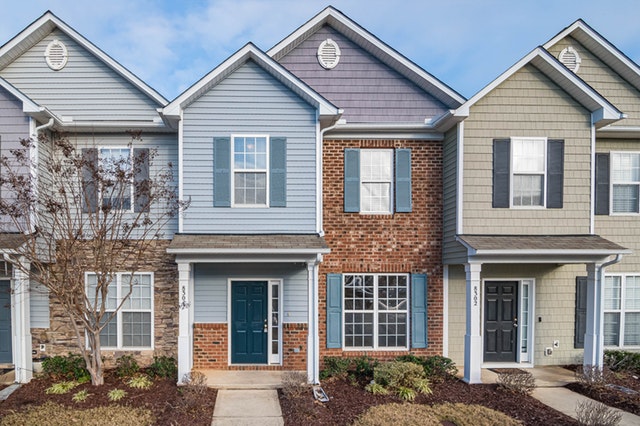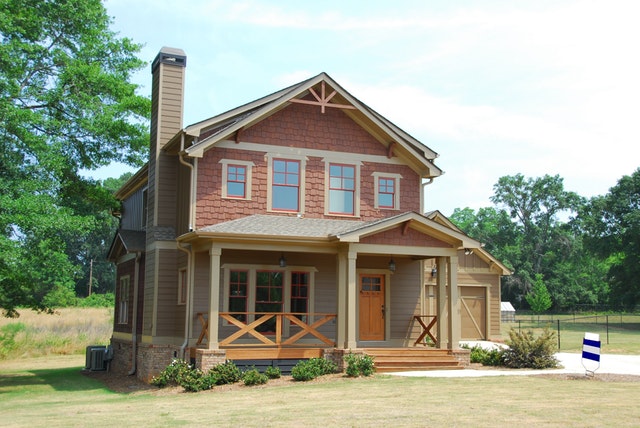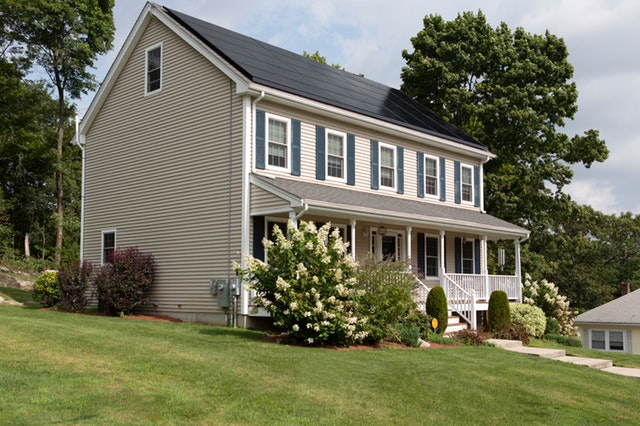 The vast majority of people are going to move at least once in their life. Moves can vary in distance. Sometimes, these moves are across town. Other times, they might be across the country. Regardless of the distance, is important to find a neighborhood that fits both the budget and lifestyle.
The vast majority of people are going to move at least once in their life. Moves can vary in distance. Sometimes, these moves are across town. Other times, they might be across the country. Regardless of the distance, is important to find a neighborhood that fits both the budget and lifestyle.
There are a few tips to keep in mind.
1. Consider Renting First
Even though there are powerful electronic tools that can help a family narrow down their potential landing spots in a new city, it is impossible to be 100 percent certain that the community is a comfortable fit until actually living there for some time. Therefore, it might be a prudent idea to try renting first.
Renting in that location doesn’t come with the same commitment as buying property. Therefore, if the neighborhood isn’t the right fit, individuals and families can move without having to sell their house. On the other hand, if the community is still a great fit after a few months or a year, it is easier to buy a house at that point in time.
2. Look At The Cost Of Living
Everyone has a budget and most people like to focus on the price of the home. After all, this is likely going to be the biggest expense; however, there are some other factors that are going to play a role as well.
Think about the cost of gas, transportation, the rates on various utilities, healthcare costs, real estate taxes, food prices, and more. All of these factors are going to play a role in how expensive it will be to live in a certain location. Gas prices are going to vary widely depending on state taxes. Some municipalities have local income taxes while others don’t. There might even be HOA fees to consider. Think about all of these factors and their impact on the cost of living.
3. Prioritize Safety
Lastly, even though the financial factors deserve consideration, safety needs to come first. Take a look at the crime rates in the local area. Read some of the local police reports. When visiting, look for signs of vandalism and home damage. This will help everyone estimate the safety of a potential landing spot pretty quickly. Safety should always come first.
If you are in the market for a new home or interested in listing your current property, be sure to contact your trusted real estate professional.
 For most individuals and families, their home is the most expensive investment they will ever purchase. Therefore, it is important for everyone to take care of their home. Routine maintenance can prevent costly repairs from arising down the road.
For most individuals and families, their home is the most expensive investment they will ever purchase. Therefore, it is important for everyone to take care of their home. Routine maintenance can prevent costly repairs from arising down the road. Investing in real estate is a great way for someone to diversify his or her assets; however, there is a common hurdle that almost all real estate investors face. This comes in the form of a down payment.
Investing in real estate is a great way for someone to diversify his or her assets; however, there is a common hurdle that almost all real estate investors face. This comes in the form of a down payment.  Many individuals and families are looking for ways to reduce their energy consumption. Running the heater during the winter and the air conditioner during the summer can have significant impacts on someone’s energy consumption and costs. It should come as no surprise that many people are trying to reduce their HVAC usage to save money; however, there is a better way.
Many individuals and families are looking for ways to reduce their energy consumption. Running the heater during the winter and the air conditioner during the summer can have significant impacts on someone’s energy consumption and costs. It should come as no surprise that many people are trying to reduce their HVAC usage to save money; however, there is a better way. It can be hard to convince a lender that a young person is ready to buy a house. There may not be a long credit history, a lack of assets might make it hard to fund a down payment, and the buyer’s age can cause banks to hesitate. One of the ways for parents to help with this process is to co-sign on the mortgage. Before doing this, there are a few important steps to keep in mind.
It can be hard to convince a lender that a young person is ready to buy a house. There may not be a long credit history, a lack of assets might make it hard to fund a down payment, and the buyer’s age can cause banks to hesitate. One of the ways for parents to help with this process is to co-sign on the mortgage. Before doing this, there are a few important steps to keep in mind. According to a report that was recently published by the United States Census Bureau, the average mortgage payment has been dropping. According to the bureau, the average payment is just over $1,500 per month. This is shockingly close to the average cost of renting, which is just under $1,500 per month.
According to a report that was recently published by the United States Census Bureau, the average mortgage payment has been dropping. According to the bureau, the average payment is just over $1,500 per month. This is shockingly close to the average cost of renting, which is just under $1,500 per month.